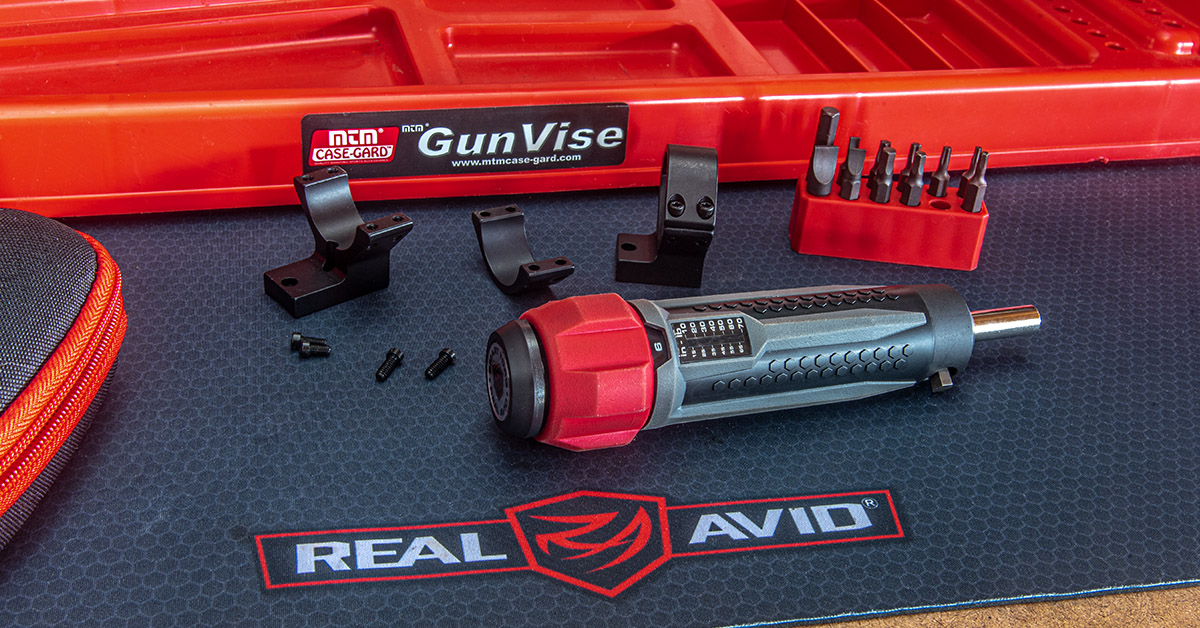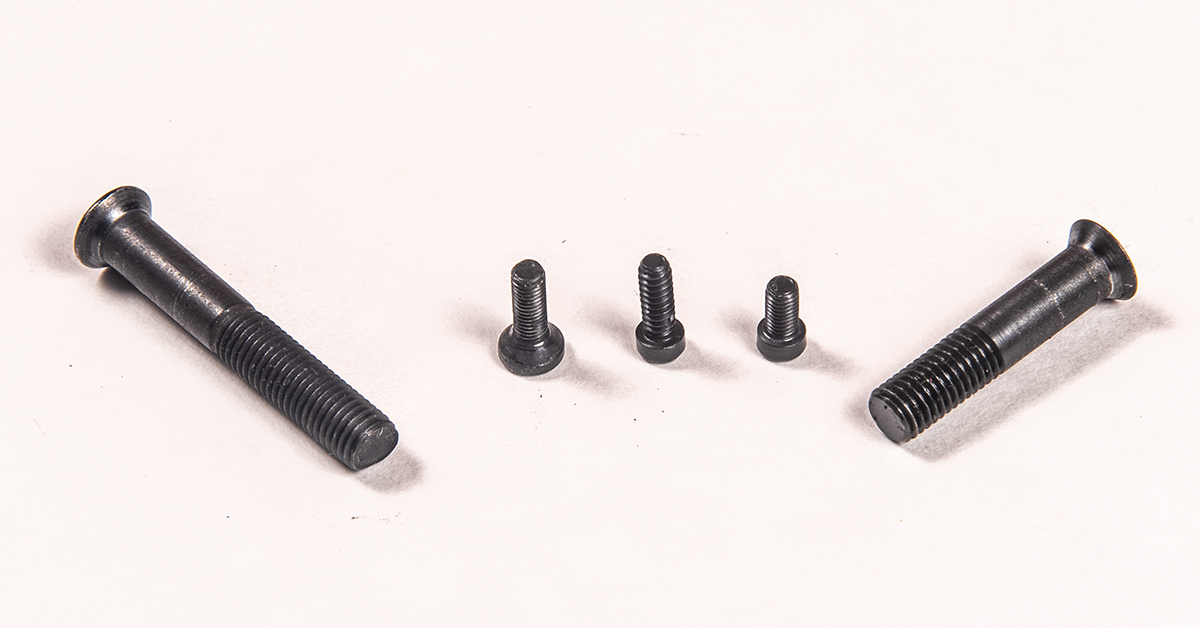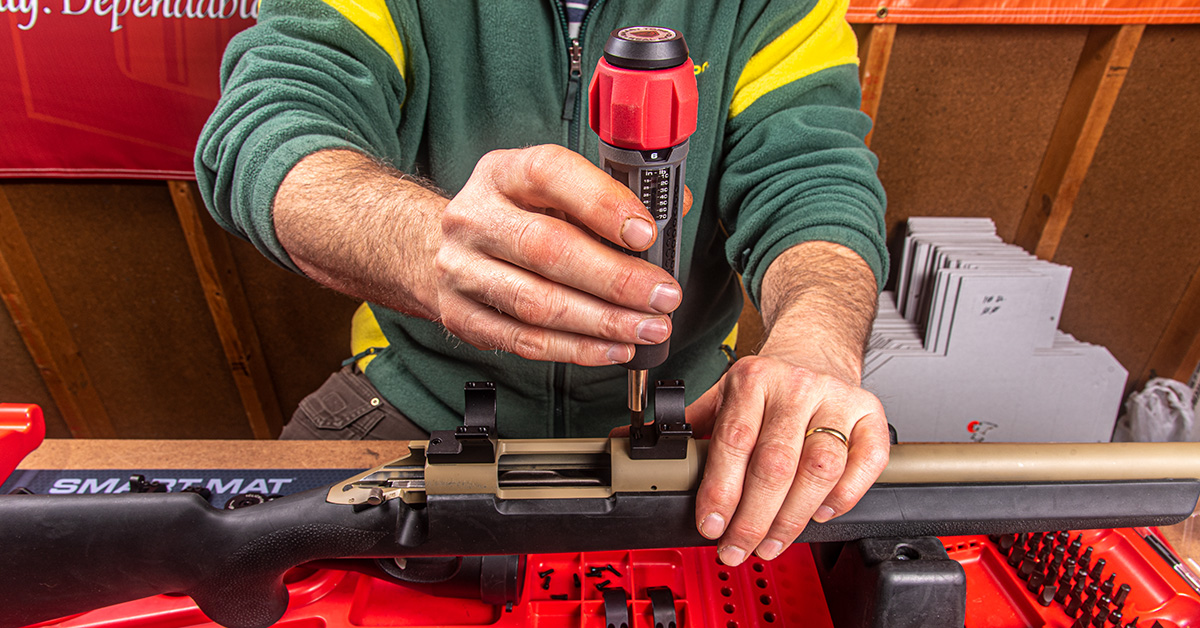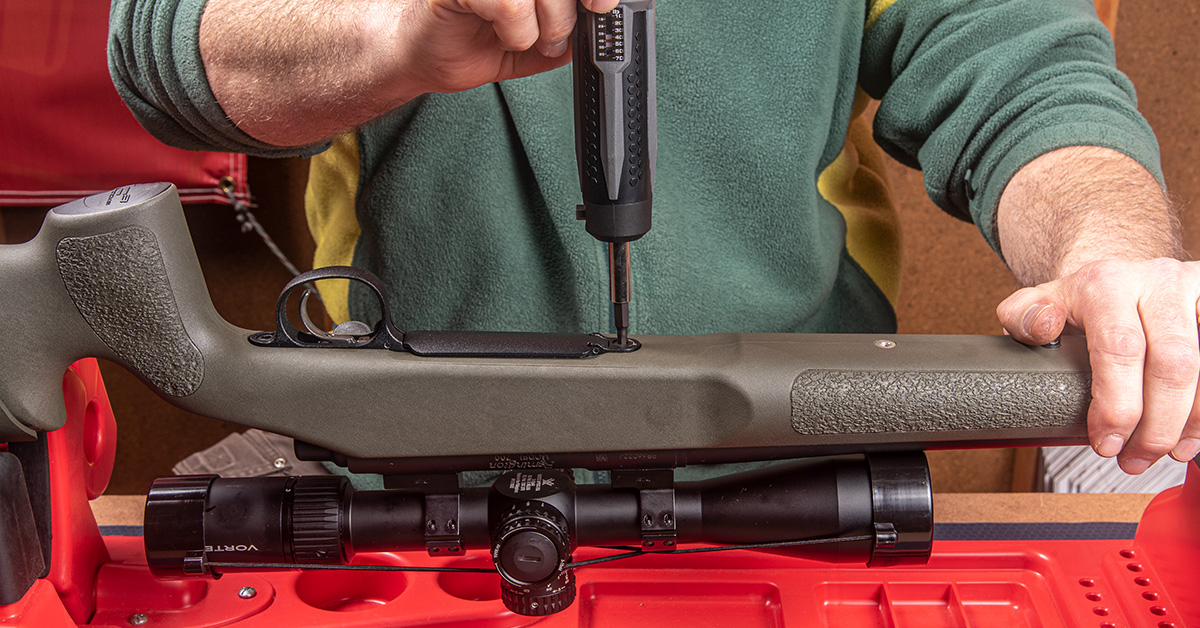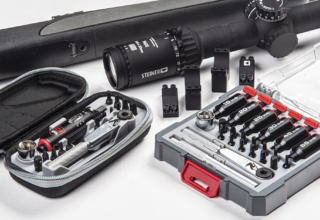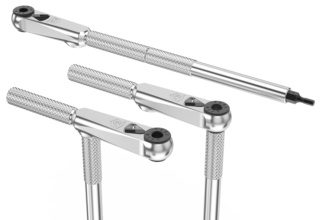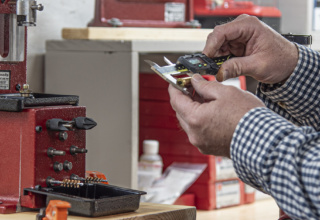One of the smallest components in a firearm setup can cause the biggest chaos. Here’s what you need to know about gun screw torque.
by Lou Patrick
Over the course of my gunsmith career, I have often been asked by customers, “Do the screws on my firearm need to be torqued?” This question has been elevated of late thanks to the growing DIY movement and the proliferation of affordable torque wrenches marketed to the gun enthusiast.
It is a valid question.
The short answer is, “Yes, torque matters!” There is, however, more to this question than meets the eye. Torque, as it applies to screws, is a turning, twisting, or rotational force. If you want a gun screw to stay in place, torque must be applied.
Torque (force) applied to our gun screws accomplishes three basic things:
- Keeps the screw in place.
- Resists against tensile (pulling apart) forces.
- Resists against sheer (sliding apart) forces.
Proper application of torque to the screw is important, but how important? Using the automotive industry as an example, improperly tightened cylinder head bolts can lead to a warped cylinder head. Many years ago, while driving to work, my wife approached a dump truck in the oncoming lane. As the truck approached her, a wheel fell off the truck, impacting her car down the entire length of the driver’s side. Fortunately, no one was injured. In pursuing the insurance claim, we learned the truck’s tires had recently been rotated but the lug nuts were not properly torqued. The nuts could not resist the tensile (pulling apart) forces as a result and the wheel came off. The proper use of a torque wrench would have prevented this accident.
It is the torque wrench or screwdriver that measures this rotational force we call torque and ensures we have enough torque applied for the application (and without applying excessive torque).
As a gunsmith, the most common problem I have encountered with gun screws and the application of torque is that of excess torque—especially over-tightening scope base screws. Many are the scope base screws I have seen with their heads twisted off. The problem is understandable. Scope base screws are usually small in diameter, with 6-48 being a rather common size. The “6” refers to the screw diameter. The “48” is the number of threads per inch. A size 6 screw is .138 inches in diameter. To provide a little perspective, 1/8-inch equals .125. As you can see, this is a rather small-diameter screw, and some gun screws are even smaller. Combine this small diameter screw with the desire that we all have for our scope bases to stay in place and it’s a recipe for disaster.
Often, these screws get over tightened and the screw heads simply twist off. It’s a delicate balance to find. Not tight enough and the screw cannot resist the sheer and tensile forces working against it and we end up with a loose scope mount and we can’t hit what we are aiming at. Too tight and we risk damaging the screw.
The solution is the proper application of measured torque and this can only be accomplished using a torque wrench or screwdriver.
Torque is commonly measured using two different scales—ft/lbs (foot pounds) and in/lbs (inch pounds). The small diameter of most gun screws mandates the inch pound scale.
How Much Torque?
Gun screws come in a wide variety of sizes. Pictured here are a few of the more common sizes. In the middle are 6-48 and 8-40 screws. These are generally used for securing scope rings and bases. On each end are1/4-28 screws, which are commonly used to secure the barreled action into the stock of bolt-action rifles. Screw size is one of the factors that directly affect how much torque can be applied to the screw. Screw size and application can vary from manufacturer to manufacturer; therefore, it is always wise to consult the manufacturer for proper torque specifications. Listed below are a few torque specs that have served me well over the years.
- 6-48 = 22 in/lbs.
- 8-40 = 28 in/lbs.
Here, the 6-48 base screws on this Remington 700 get 22 in/lbs. It is my opinion that all screws associated with scope mounting should be thoroughly degreased and a small drop of blue Loctite be applied to help keep them in place.
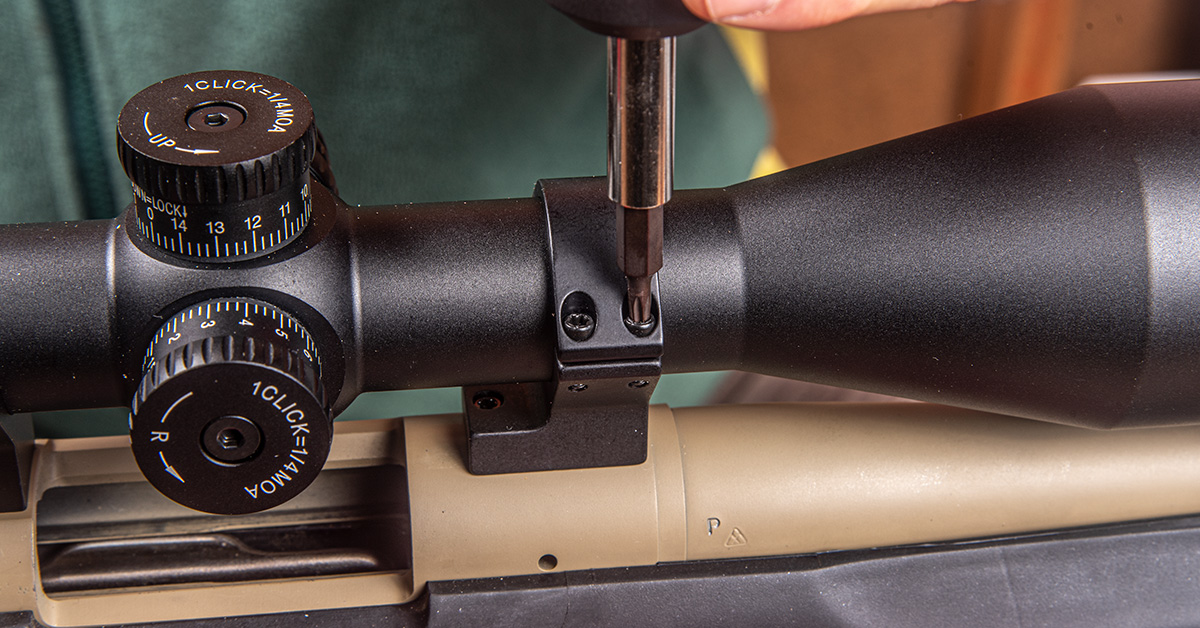 The 8-40 ring screws get 28 in/lbs. Tighten ring screws carefully to maintain an even gap between the top half of the ring and the bottom half.
The 8-40 ring screws get 28 in/lbs. Tighten ring screws carefully to maintain an even gap between the top half of the ring and the bottom half.
Unfortunately, the application of proper torque to the action screws of bolt action rifles is not as straightforward, with the main determining factor being that of the stock material. Tighten the action screws too tight on a wooden stock and the wood beneath the action is going to crush under the force. This is one of the advantages of pillar bedding wooden-stocked rifles. Another advantage is that even torque between front and rear action screws is conducive to accuracy.
This pillar-bedded McMillan Mc3 stock receives 45 in/lbs on the action screws. Some chassis systems can go up to 65 in/lbs. Again, always check with the manufacturer as specifications can change from one to another. Wooden stocks that have been properly bedded and have 1/4-inch screws can be tightened to 45 in/lbs. Some bolt action rifles, such as the Ruger Model 77, have three screws. Remington 700s with a blind magazine have a similar configuration. Here, the front and rear screws pass through the stock and thread into the receiver. These two screws are used to secure the barreled action into the stock and can be tightened to 45 in/lbs, if the stock has been pillar bedded. The center screw serves only to secure the front of the trigger guard. Do not tighten this center screw to 45 in/lbs. This screw only needs to be tight enough to hold the trigger guard in place.
A torque screwdriver, such as the Real Avid Smart Torq, screwdriver ensures that the proper torque is applied. By keeping even torque on all gun screws, our rifles will shoot better while also eliminating the headache of accidentally breaking them by installing them “good-n-tight” instead of to the engineered torque specification.

